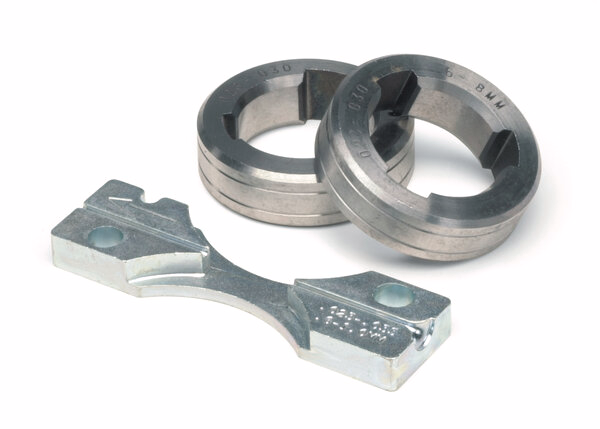
Impact of Poor Weld Quality Due to Defective Mig Drive Rolls
Impact of Poor Weld Quality Due to Defective Mig Drive Rolls
One of the significant concerns when it comes to MIG welding is the quality of the welds. Defective drive rolls can have detrimental effects on the quality of your welds, leading to various issues and potential consequences. Let's take a closer look at some of the consequences of using defective drive rolls:
-
Erratic Wire Feeding: Defective drive rolls may not provide consistent and smooth wire feeding. This can result in the wire getting stuck, irregular wire speed, or unexpected pauses in the welding process. These interruptions can lead to weld defects such as craters, undercuts, or uneven bead profiles.
-
Inconsistent Weld Bead: When the wire feed is inconsistent due to defective drive rolls, the weld bead's appearance and penetration depth can vary. This inconsistency can result in an uneven and unprofessional-looking weld, which is not only aesthetically displeasing but may also compromise the weld's structural integrity.
-
Burn-Back Issues: In some cases, defective drive rolls can contribute to burn-back problems. Burn-back occurs when the wire melts and fuses to the contact tip or nozzle at the end of the welding gun. This issue not only disrupts the welding process but also requires frequent stops and cleaning, reducing overall productivity.
-
Increased Welding Defects: Poor wire feeding caused by defective drive rolls can lead to an increased occurrence of welding defects such as porosity, lack of fusion, and weld spatter. These defects can weaken the weld joint and compromise its performance, which is particularly concerning in applications where structural integrity is critical.
-
Waste of Time and Resources: Dealing with welding issues caused by defective drive rolls consumes valuable time and resources. Welders may need to stop frequently to address wire feed problems, replace contact tips, or rework welds to correct defects. This results in reduced productivity and increased material and consumable costs.
-
Safety Concerns: Poor weld quality due to defective drive rolls can create safety hazards, especially in applications where weld integrity is vital for structural or load-bearing components. Using subpar drive rolls can lead to weld failures, potentially causing accidents or structural failures.
To avoid these consequences and ensure consistent, high-quality welds, it's essential to regularly inspect and maintain your drive rolls. Replace any defective or worn-out drive rolls promptly, and be vigilant about the condition of your welding equipment. By doing so, you can mitigate the risks associated with poor weld quality and enhance the safety and efficiency of your welding projects. Remember, the quality of your drive rolls directly impacts the success of your welding endeavors.

Leave a comment